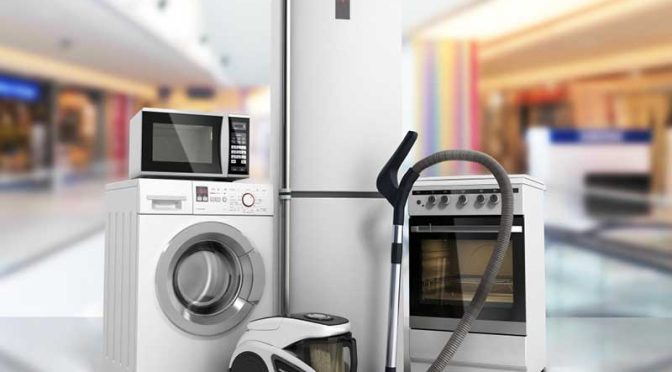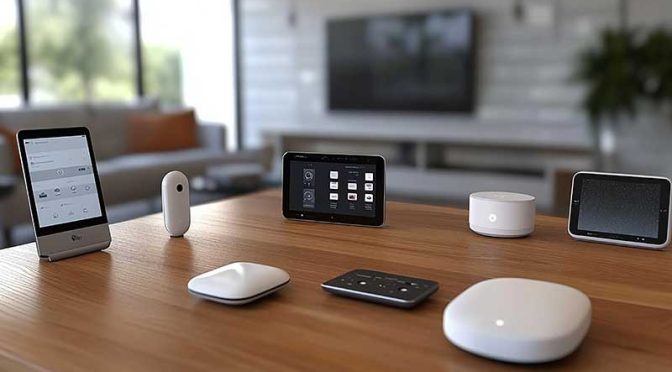Some products don’t just enter homes they transform them. The low hum of a refrigerator, the quick heat of a microwave, or the efficiency of a washing machine has, over time, become more than functional convenience. These appliances evolve into household icons, shaping lifestyles and embedding themselves into daily routines for generations. For the businesses behind them, their rise from “new product” to “household name” offers critical lessons in innovation, positioning, and cultural timing.
Meeting Needs That Matter Most
The appliances that stand the test of time solve problems that feel immediate and universal. Refrigerators reduced waste, washing machines returned hours of labor, and microwaves matched the urgency of modern families. These weren’t luxuries; they were essentials that addressed daily challenges. Exhibitors who focus on this same principle today spotting gaps in convenience, sustainability, or digital integration are laying the groundwork for products that will become indispensable tomorrow.
Blending Utility with Experience
Durability and performance alone don’t secure lasting success. The icons of the industry are those that create an emotional connection. A perfectly brewed coffee at dawn, the quiet confidence of a dishwasher running in the background, or the tactile satisfaction of a well-built knob all turn routine tasks into moments of delight. Exhibitors who recognize this understand they’re not simply marketing appliances; they’re presenting experiences that elevate everyday life.
When Brands Become Culture
Some brands achieve the rare distinction of becoming synonymous with the products they create. A “Hoover” became a vacuum, “Tupperware” became food storage, “KitchenAid” became a byword for mixers. This kind of cultural shorthand comes from more than engineering; it requires consistent storytelling, reliability, and resonance with consumer aspirations. Exhibitors aiming to create such lasting legacies must think not only in terms of products but also in terms of the narratives they want those products to live within.
Innovation Balanced with Accessibility
No appliance becomes iconic if it remains beyond reach. Refrigerators and televisions only became true household staples when their cost met the purchasing power of the middle class. Today, global e-commerce, efficient distribution, and scalable production allow innovation to spread faster than ever. Exhibitors who balance cutting-edge features with affordability hold the power to define the next generation of must-have household appliances.
Riding Shifts in Culture
Timing plays as critical a role as design. Dishwashers surged as more women entered the workforce, while air fryers rode the wave of health-conscious lifestyles and digital recipe trends. Appliances succeed when they align with cultural values, reflecting the aspirations of the moment. Exhibitors who anticipate these movements health, sustainability, connectivity position themselves at the front of the adoption curve, where relevance drives long-term loyalty.
Appliances as Aspirations
Appliances often move beyond their role as tools and become lifestyle statements. An espresso machine speaks to sophistication. A smart fridge signals modernity and sustainability. These objects become symbols of identity as much as function. Exhibitors that present their products as lifestyle-defining solutions beyond features and price tap into the emotional core of consumer decision-making.
Conclusion
Household names are not created by accident; they are the product of solving meaningful problems, blending functionality with emotional resonance, aligning with cultural shifts, and making innovation accessible at scale. For businesses across the consumer electronics and appliance sector, the opportunity lies in showcasing how today’s ideas can become tomorrow’s icons. Industry gatherings such as the Consumer Electronics World Expo provide that critical stage where exhibitors unveil solutions, share stories, and connect with decision-makers who shape the future. It is here that the next generation of household names begins its journey from innovation to cultural legacy.











